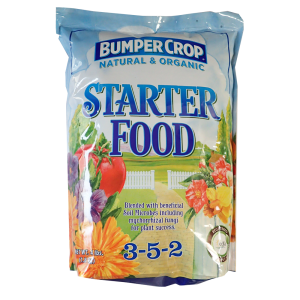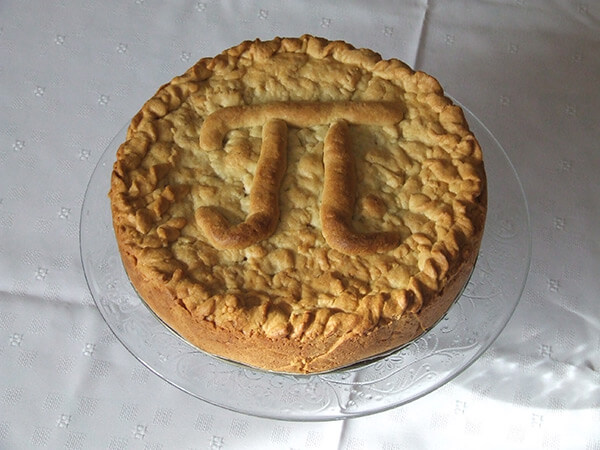 Unless you’re a math geek who can recite the many decimal places of pi, you probably celebrate March 14–or 3.14, or National Pi Day–as the perfect excuse to enjoy a tasty pastry filled with your favorite fruit for dessert. Math + sweets = happiness, right? (At least, that’s how some of us survived calculus homework.)
Unless you’re a math geek who can recite the many decimal places of pi, you probably celebrate March 14–or 3.14, or National Pi Day–as the perfect excuse to enjoy a tasty pastry filled with your favorite fruit for dessert. Math + sweets = happiness, right? (At least, that’s how some of us survived calculus homework.)
If you’re more garden geek than math major, spend the day planning the perfect additions to your garden for your own homegrown pie fillings. Whether you love traditional strawberry and rhubarb spring pies, savory summer tomato pies, or tasty apple and pear pastries in the fall, now’s the time to plan delicious additions to your garden.
Growing fruit is easy and rewarding. Before you begin planting an orchard or strawberry bed, keep in mind a few tips.
- Plant in full sun. Most fruit trees, shrubs, or plants need at least 6-8 hours of sun for best production.
- Ensure good drainage. Whether you’re growing in a raised bed, container, or in-ground garden, well-drained soil is essential. Make sure containers include drainage holes. Amend heavy clay garden soil with Master Nursery® Bumper Crop® Soil Builder [Eastern & Midwestern Regions | Western Region] to improve drainage.
- Raised beds: If you live in the Eastern & Midwestern Regions, fill your raised beds with Master Nursery® Bumper Crop® Soil Builder.
- Containers: Make sure containers include drainage holes. Fill your containers with Master Nursery® Bumper Crop® Potting Soil [Eastern & Midwestern Regions | Western Region], which is perfectly balanced for both water holding capabilities and drainage.
- In-ground gardens: Amend heavy clay garden soil with Master Nursery® Bumper Crop® Soil Builder [Eastern & Midwestern Regions | Western Region] to improve drainage.
- Check soil pH. Make sure your soil pH supports the fruit you want to grow. For instance, blueberries need an acidic soil, with a pH ranging from 4.5 to 5.5. If your soil leans toward alkaline, try adding Master Nursery® Bumper Crop® Rhody, Azalea, and Holly Food. Visit your local Master Nursery® Garden Center and ask how to test your soil pH.
- Research fruit plants’ needs. Some plants, like apple trees, need a second variety for pollination, while others, like blueberry bushes, produce bigger harvests when a second variety is added. Strawberries may be June-bearing, meaning they produce one large harvest per year, while others are ever-bearing, producing fruit throughout the growing season until frost. If you have questions about the best varieties for your area, talk to your local garden center expert.
- Visit your local Master Nursery® Garden Center. You’ll find the perfect fruit plants, Master Nursery® Bumper Crop® soil and amendments, and expert advice.
Did you fill your freezer with fruit last summer? Whether you have strawberries lingering from last year’s trip to the farmers’ market, or you’re inspired to grow your own this year, here’s a five-ingredient recipe to help you enjoy National Pi(e) Day.
Need more gardening inspiration? Click here.




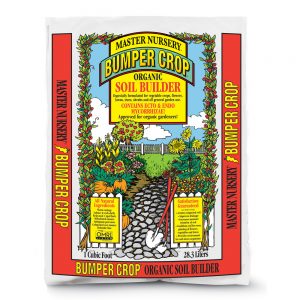
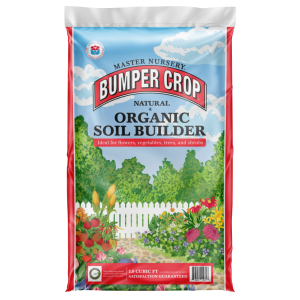


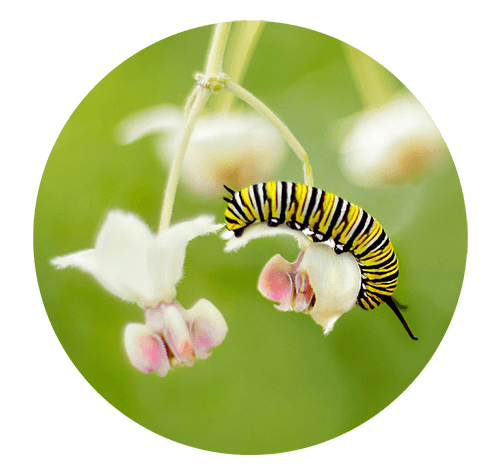 To create a pollinator garden that supports butterflies, you’ll need both host plants and nectar sources. Host plants are the “nurseries” of the pollinator garden. While some host plants are also nectar sources, these are the plants where butterflies lay their eggs. (Most often, you’ll find the eggs on the underside of leaves, hidden from predators, but stems and tops of leaves are also fair game.) In 10-14 days, the larva emerges, and the tiny caterpillar feasts on the plant until it forms a chrysalis, where it grows into a butterfly. Butterflies are picky about host plants. Monarchs, for instance, only lay their eggs on milkweed, Gulf fritillary butterflies only lay eggs on passion vine, and painted crescents lay on asters. Other butterflies use a variety of host plants: black swallowtails will lay eggs on fennel, carrots, parsley, and dill. Even shrubs and trees serve as host plants: eastern tiger swallowtails choose willows and sycamores for their nurseries. You can find an extensive list of butterflies and their host plants
To create a pollinator garden that supports butterflies, you’ll need both host plants and nectar sources. Host plants are the “nurseries” of the pollinator garden. While some host plants are also nectar sources, these are the plants where butterflies lay their eggs. (Most often, you’ll find the eggs on the underside of leaves, hidden from predators, but stems and tops of leaves are also fair game.) In 10-14 days, the larva emerges, and the tiny caterpillar feasts on the plant until it forms a chrysalis, where it grows into a butterfly. Butterflies are picky about host plants. Monarchs, for instance, only lay their eggs on milkweed, Gulf fritillary butterflies only lay eggs on passion vine, and painted crescents lay on asters. Other butterflies use a variety of host plants: black swallowtails will lay eggs on fennel, carrots, parsley, and dill. Even shrubs and trees serve as host plants: eastern tiger swallowtails choose willows and sycamores for their nurseries. You can find an extensive list of butterflies and their host plants 
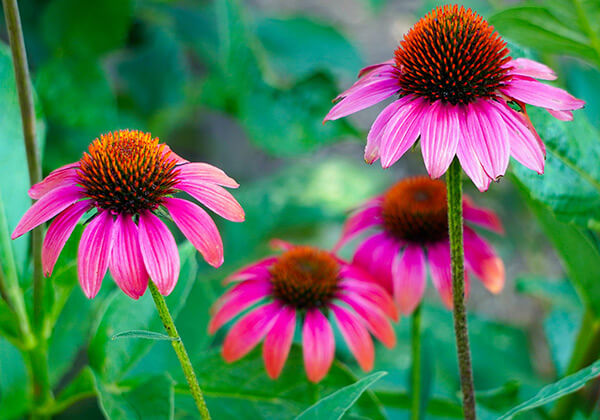 What are your favorite flowers? Many varieties are super easy to start from seed, offering nearly instant gratification. If you’re new to seed starting, give these a try.
What are your favorite flowers? Many varieties are super easy to start from seed, offering nearly instant gratification. If you’re new to seed starting, give these a try.